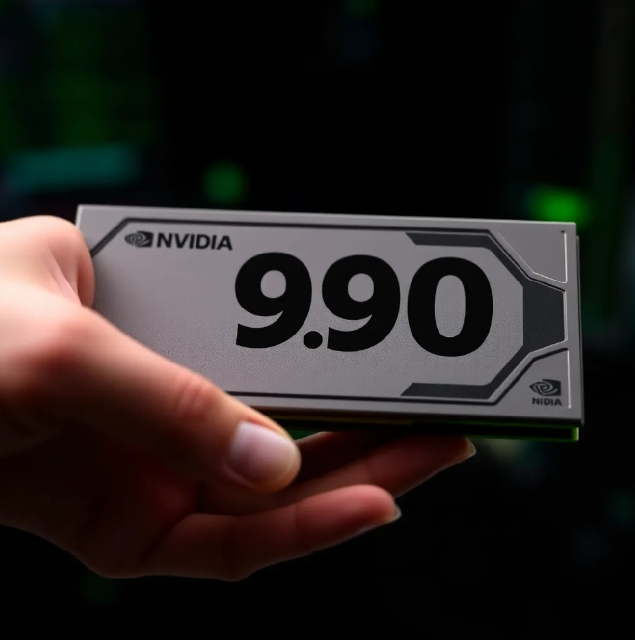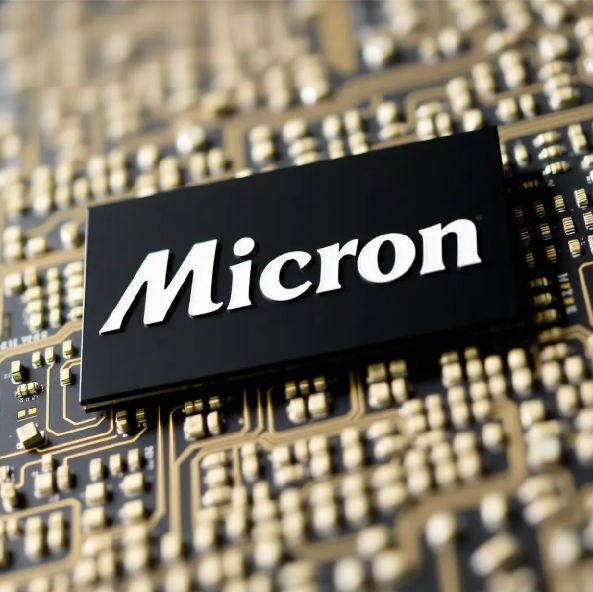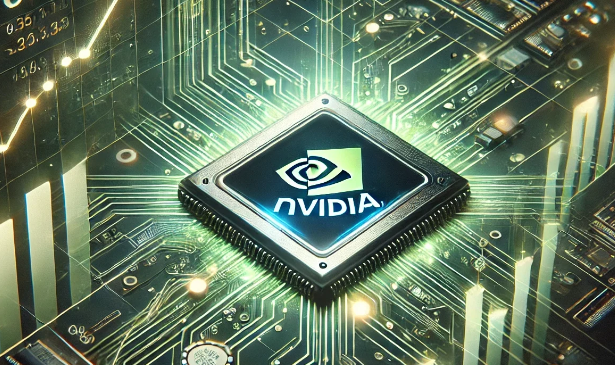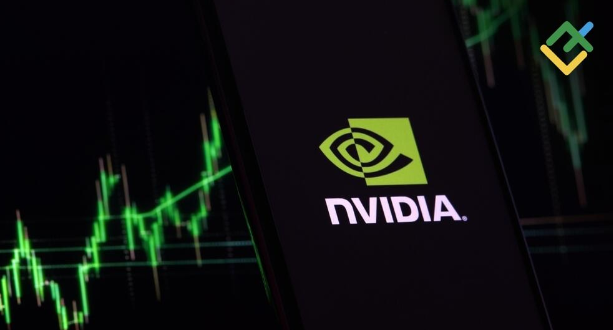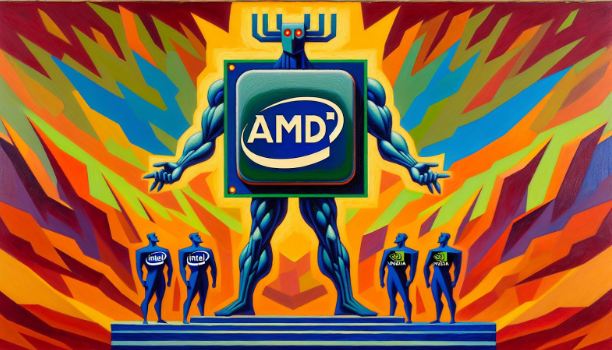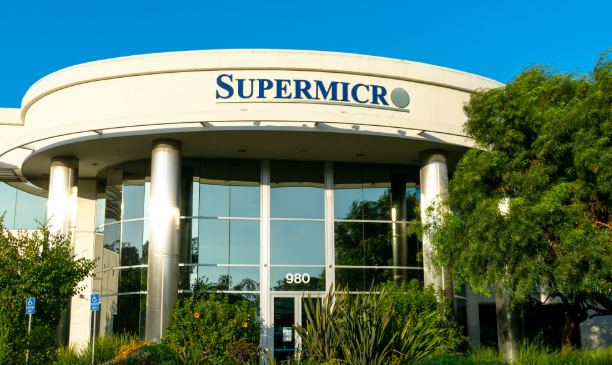AMD has been mostly relegated to second tier status because of Nvidia’s massive leap in AI related data center revenue, which catapulted it from $27Bn in sales the previous year to $57Bn in 2023, this year and an estimated $90Bn in 2024.
However, AMD is a scrappy competitor and I have a lot of respect for Dr Lisa Su, who’s transformed this company from a commodity CPU/GPU semis supplier to game consoles and PC’s to a solid competitor in the data center segment. Most of Intel’s market share losses can be traced to AMD’s strengths!.
While Nvidia is likely to continue getting a lion’s share of AI GPU revenue for at least the next 2-3 years and in fact when AMD guided to about only $2Bn in AI/GPU revenue for 2024, during their last earnings call in Oct, I felt it was too little to buy AMD at that time. Besides the hardware, Nvidia’s moat is CUDA, its operating system, which really makes its GPU’s so much more powerful. I didn’t see AMD getting much traction on that account.
However, that was a mistake as it turned out to be a conservative estimate.
This is from UBS analysts:
Recent channel and customer checks confirmed their view that AMD has a firm demand commitment for more than 400,000 MI300A/X units for 2024, the analysts said. This is a number that is fairly consistent with where the analysts have seen demand since last summer but they have been wary of double ordering and unsure of supply.
The analysts added that after having gone back to several customers and suppliers, they are more confident that these units are real and AMD now has sufficient Chip-on-Wafer-on-Substrate capacity to do over 10% the volumes of Nvidia (NVDA).
*Even assuming a very conservative average selling price (which could be as high as $20,000 or more for some customers), this suggests $5B for data center GPU revenue is a pedestrian target for this year. Even this implies AMD exits the year at a *run-rate which could be close to $10B per year* with AMD still likely to grow GPU units quarter-over-quarter through much of 2025, the analysts added.
AMD has already moved up from $135 this month to $177 and it lost a little bit after Intel’s poor guidance. I’m going to start buying this slowly – knowing fully well that I’m late but I do believe in its long term story and the $10Bn run rate is an excellent number – If we believe in the AI story and the resulting surge in its building blocks, there there is no way only one company, Nvidia can supply to the entire market – AMD will get a decent foothold. I’m anticipating +$8 in earnings two years out, that should be priced at 30x or $240, which is still 36% higher than today’s price, nothing to be sneezed at.
Citigroup (NYSE:C) stock rose 1.8% in Friday premarket trading after the bank said it expects 2024 revenue to increase to about $80B-$81B from $78.5B in 2023, driven by gains in treasury and trade solutions, securities services, a rebound in investment banking and wealth, and lower partner payments in retail services. The revenue outlook excludes markets and divestitures.
Net interest income, excluding markets, is expected to decline modestly as global interest rates fall. Citi (C) expects mid-single-digit loan growth, driven by its card business and modest operating deposit growth, it said in its earnings slides.
Citibank’s adjusted earnings also beat expectations, but they expect only 2% revenue growth for 2024 and a modest decline in NII. Their allowance for losses was $397 Mn so no dire warnings there either.
Wells Fargo also beat adjusted earnings and revenue expectations but is more pessimistic for 2024. It expects net interest income to be about 7%-9% lower than 2023’s $52.4B level on lower interest rates, an expected decline in average loans, and further attrition in Consumer Banking and Lending deposits. Their provision for credit losses was $1.28B, higher than the other two but below expectations. *Q4 net loan charge-off, as a percentage of average total loans, of 0.53% vs. 0.36% in the prior quarter and 0.23% a year ago.*
Percentage of loans charged-off is a key measure to monitor; in Wells Fargo’s case it was double of the previous year’s – will need to keep a strict watch on this.




